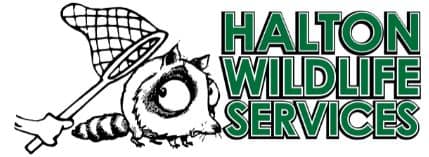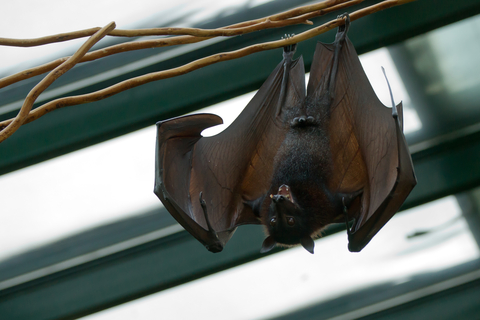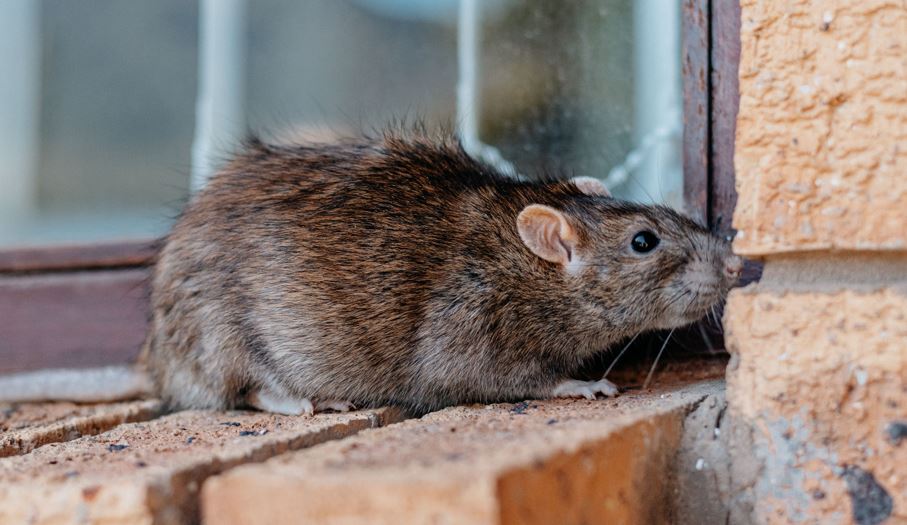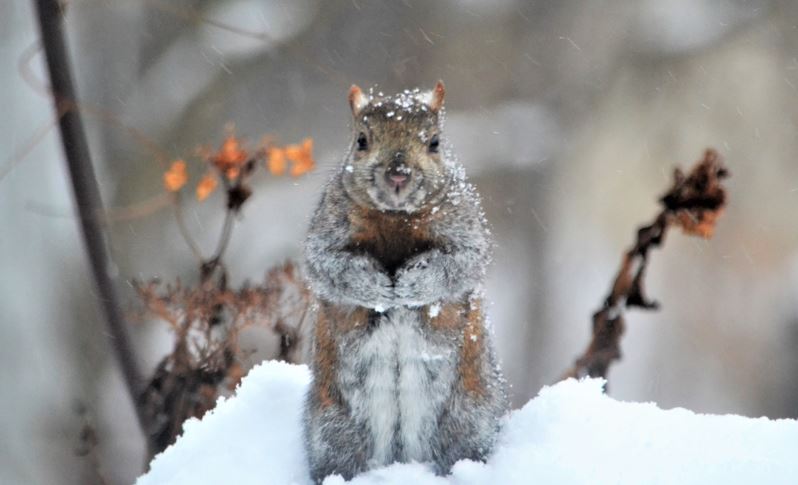Bats are a nuisance to humans but are an essential part of the food chain, environment and our ecosystem. They particularly help a great deal in eating a range of insects including mosquitos. But when bats make their home inside your home it’s not so great for you. In fact, bats can be harmful as they can spread rabies, but the more immediate risk is bat feces, which contains spores that when inhaled, can have significant negative health effects. When in your home, you’ll want to get rid of bats – fast!
Here a few steps to get rid of bats without resorting to poison or killing them.
Do You Have a Bat Problem?
If you’ve bats in your attic, shed or anywhere within your property and reside in Burlington, Oakville, Milton and area – call the Halton Wildlife experts fast, on-budget bat removal!
Generally the first thing you might notice if you have bats is the smell, then droppings and their stains, and finally, the noise. Bats will usually nest wherever is warm and dry, high above the ground, with easy entry and exit points.
If you have a nest of bats in your house it is likely all females who have created a maternity ward in your attic. The females look for safe, secure places to have their babies and raise them until they are old enough to fend for themselves. Male bats tend to live outside in trees.
On the whole, the females will give birth in the spring and will give birth to one baby per year. The babies will be able to fly after a few months, but getting rid of them can’t be done until they are all flying otherwise you will have lots of baby bats crawling into your house or dying in your attic.
I Have Bats in My Home. What Next?
Finding all of their entry and exits is of vital importance, otherwise all of your bat removal efforts will be a waste of time. It’s a lot easier to see all the possible entry and exit points (which can just be small gaps or cracks) at night using a powerful flashlight to spot them.
Once all points have been found they will need to be sealed off, leaving a single main entry and exit point for an exclusion device. At any one time some bats will be out while others will be inside, so an exclusion device is vital.
Exclusion means inserting a one-way device into the main entry and exit point. A device such as special netting, screens, funnels, or cones is inserted that allows the bats to leave but prevents them getting back in.
Using an Bat Control Expert
An expert will be able to identify the bat species, which can impact on how they are removed. The species will determine their size, behaviour, and breeding routines. Here in Halton (including the City of Burlington and the Town of Oakville), common bat species found include the Little Brown Bat and the Big Brown Bat. An expert will have experience handling bats the right way and thus qualified to get rid of bats successfully. Plus they will be greatly experienced in live exclusion – this is the only legal method of removing bats.
Post Bat Removal
Once all of the bats have left the dwelling it’s important to seal up every single entry and exit hole properly, including the main hole. Bats can live to up to 30 years old so it’s important to seal everything up, because they may try to return and re-nest.
Once they’re all gone, the droppings will need cleaning up. Their urine can also damage building materials in your house, leaving it corroded or mouldy. Their strong odour means that walls, ceilings and flooring will have to be thoroughly cleaned.
Protective gear is recommended for cleaning. Their mess can be shovelled then vacuumed up. Once all the debris is clear, a cleaner that will get rid of the bacteria is vital.
Bat Removal – What Not to Do
Repellents have been tried and tested and most experts believe that they just don’t work. Besides that, most poisons are illegal for animal extermination. Poisons aren’t good for you as house owner either, or your house. Trapping is pretty useless (and often not legal) and could be harmful to the bats, simply because you are unlikely to successfully relocate them. They’ll fly back and pinpoint their roost from hundreds of miles away.
Exclusion remains the most successful tried and tested method to date and wildlife removal experts can help you get the job done right.
Photo Credit: © Blackalex | Dreamstime.com






